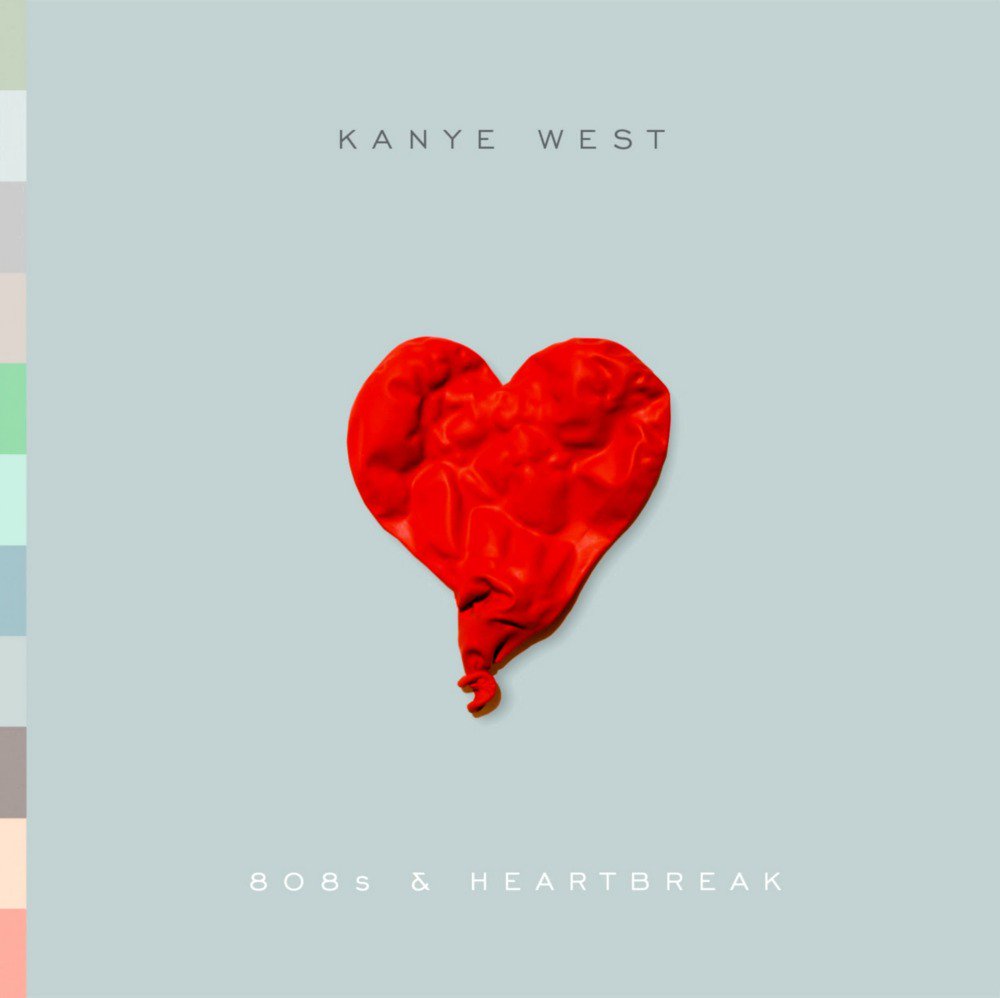

Parks and greenspaces improve quality of life for urban residents in many ways ( Hartig et al., 2014 Larson et al., 2016). Following the elimination of popular indoor recreation activities, many urban residents around the world elected to spend time in places that remained accessible despite COVID-19 restrictions, such as public parks and greenspaces ( Kleinschroth and Kowarik, 2020). As research began to reveal that COVID-19 transmission risk was significantly lower in outdoor settings ( Bulfone et al., 2020 Rowe et al., 2021), many cities began to re-open outdoor spaces with physical distancing mandates and other precautions (e.g., face coverings) in place ( Venter et al., 2020). In many countries, early responses to the pandemic focused on comprehensive “lockdowns” or “stay-at-home” orders designed to prevent social contact that fuels virus transmission ( Atalan, 2020). In early 2020, a novel coronavirus (COVID-19) rapidly spread across the world, creating a global pandemic that altered human behavior and negatively impacted humans' physical health and mental health in unprecedented ways ( Bao et al., 2020 Holmes et al., 2020). Our results raise concerns about urban park use during the COVID-19 pandemic and suggest pre-existing health disparities in socially vulnerable communities might be exacerbated by inequitable access and utilization of parks and greenspace. Park users also became more homogenous, with visits increasing the most for past park visitors and declining the most in socially vulnerable communities and among individuals who were BIPOC or lower-income. Data from both methods revealed urban park use declined during the pandemic 56% of survey respondents said they stopped or reduced park use, and geo-tracked park visits dropped by 15%. Second, we used cell phone location (i.e., geo-tracking) data to document changes in park visits within 605 socioeconomically diverse urban census tracts before (July 2019) and during (July 2020) the pandemic. First, we surveyed a demographically representative sample of 611 urban residents during August 2020 to assess their use of outdoor park spaces before and during the pandemic. We used a mixed methods approach to examine changes in park use patterns in cities across North Carolina, USA, during the COVID-19 pandemic, with an emphasis on impacts in socially vulnerable communities (based on racial/ethnic composition and socioeconomic status). However, research tracking outdoor recreation patterns during the pandemic has yielded inconsistent results, and few studies have explored the impacts of COVID-19 on park use across diverse neighborhoods. To maintain mental and physical health during periods of lockdown and quarantine, people often engaged in outdoor, physically distanced activities such as visits to parks and greenspace. The COVID-19 pandemic altered human behavior around the world. 6North Carolina Recreation & Park Association, Raleigh, NC, United States.

5Department of Geography & Environmental Sustainability, University of Oklahoma, Norman, OK, United States.4Center for Geospatial Analytics, North Carolina State University, Raleigh, NC, United States.3OPENSpace Research Centre, School of Architecture and Landscape Architecture, University of Edinburgh, Edinburgh, United Kingdom.2Department of Forestry & Environmental Resources, North Carolina State University, Raleigh, NC, United States.1Department of Parks, Recreation and Tourism Management, North Carolina State University, Raleigh, NC, United States.Mullenbach 5, Matt Carusona 6 and Michelle Wells 6 Bocarro 1, KangJae Jerry Lee 1, Jonathan Casper 1, Kathryn T. Larson 1 *, Zhenzhen Zhang 2, Jae In Oh 1, Will Beam 1, S.


 0 kommentar(er)
0 kommentar(er)
